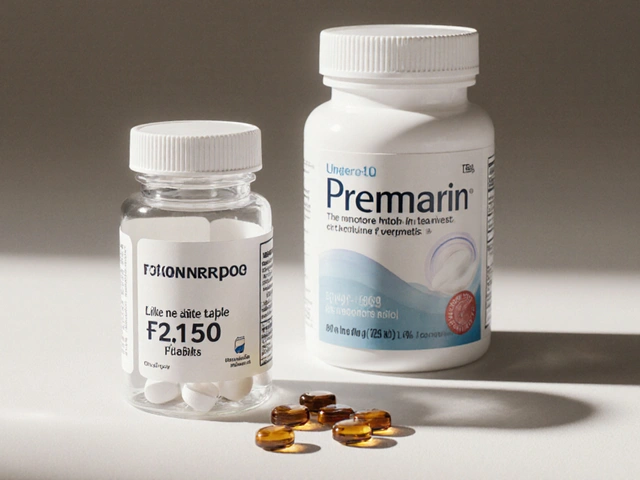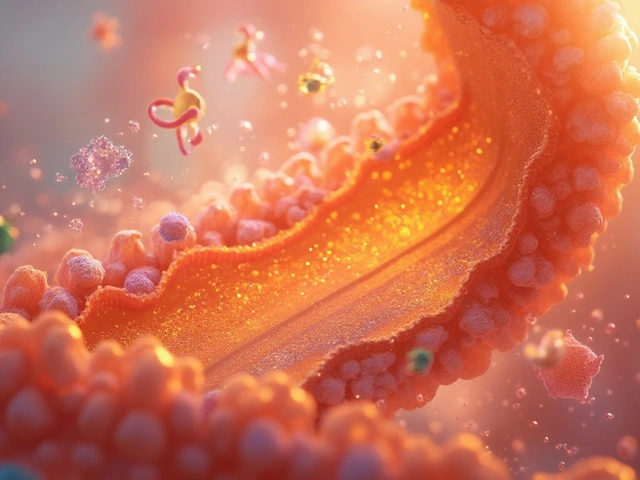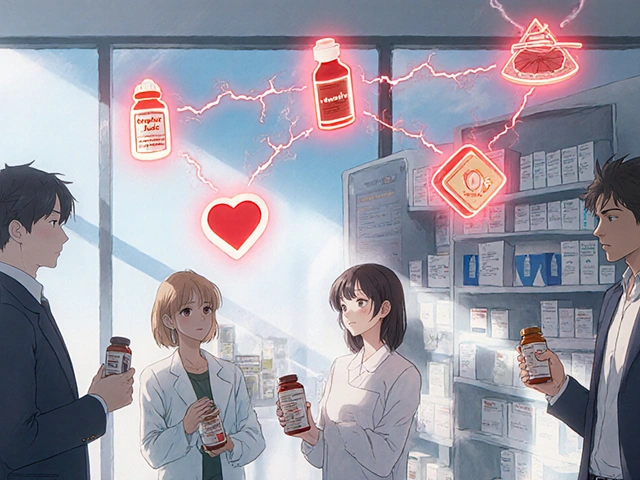How to Treat Abrasions Fast and Safely
Got a scrape from a fall or a rough surface? An abrasion is just a scraped skin layer, but it can hurt a lot and turn nasty if you don’t clean it right. The good news: most minor abrasions heal in a week with a few easy steps.
First thing—wash your hands. No point cleaning the wound if you’re spreading germs onto it. Use warm water and mild soap, then gently rinse the scraped area. Don’t scrub hard; you’ll only irritate the tissue more.
Next, rinse the abrasion with clean water. A gentle stream will wash away debris. If you see dirt that won’t budge, you can use a sterile saline solution or a mild antiseptic wipe. Avoid hydrogen peroxide or iodine for large areas—those can damage healthy cells and slow healing.
Protect and Dress the Wound
After the area is clean, pat it dry with a sterile gauze pad. A tiny amount of antibiotic ointment (think Bactroban or a simple bacitracin) can create a barrier against infection. Spread a thin layer—more isn’t better. Then cover the abrasion with a non‑stick dressing or a breathable bandage. Change the dressing daily or whenever it gets wet or dirty.
If the scrape is on a joint or a spot that moves a lot, consider a flexible hydrocolloid bandage. It stays put, absorbs fluid, and often speeds up the healing process. For deeper or very painful abrasions, over‑the‑counter pain relievers like ibuprofen can help reduce swelling and pain.
When to Get Professional Help
Most scrapes are fine with home care, but watch out for these red flags: the wound is larger than a quarter, you can’t see the depth, there’s heavy bleeding that won’t stop, or you notice increasing redness, swelling, or pus after a couple of days. Also, if the abrasion was caused by a dirty object, animal bite, or you haven’t had a tetanus shot in the last ten years, see a doctor.
Medical professionals might need to stitch a deep abrasion, prescribe a stronger antibiotic, or give a tetanus booster. Don’t wait—early treatment prevents complications.
To keep your skin healthy while it heals, stay hydrated, eat protein‑rich foods, and protect the area from the sun. UV exposure can darken the scar. Once the wound closes, you can switch to a light silicone gel or scar‑reduction cream if you’re worried about marks.
Bottom line: clean, protect, and monitor. A few minutes of proper care today means a smoother, less painful recovery tomorrow. Got any questions about a specific product or step? Our PharmaSea experts are ready to help you choose the right ointment or dressing for your abrasion.
How Proper Hydration Accelerates Abrasion Healing Naturally
Learn how hydration directly affects the healing of abrasions, why moist wound care works, and how to speed up recovery with everyday tips.






